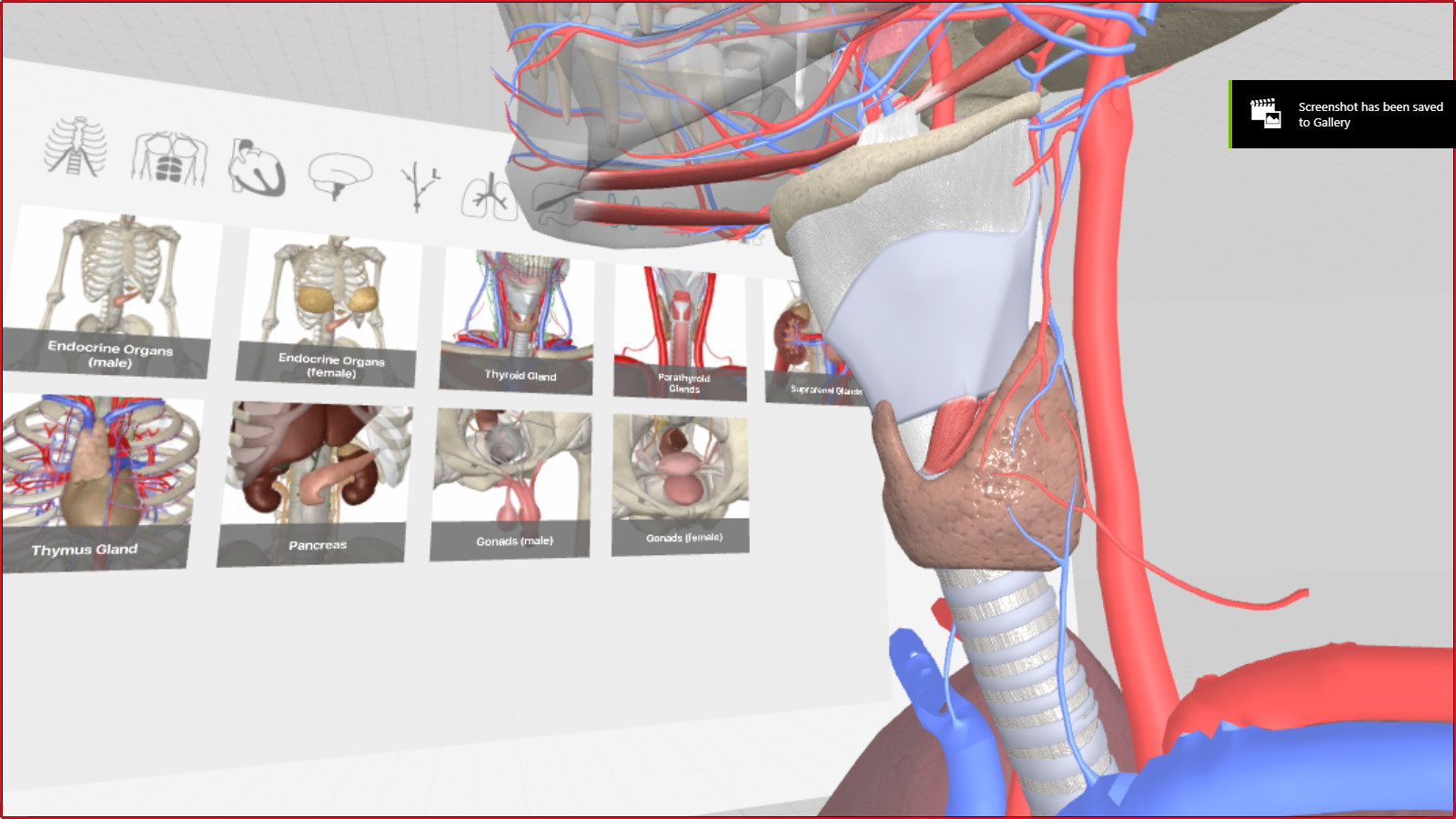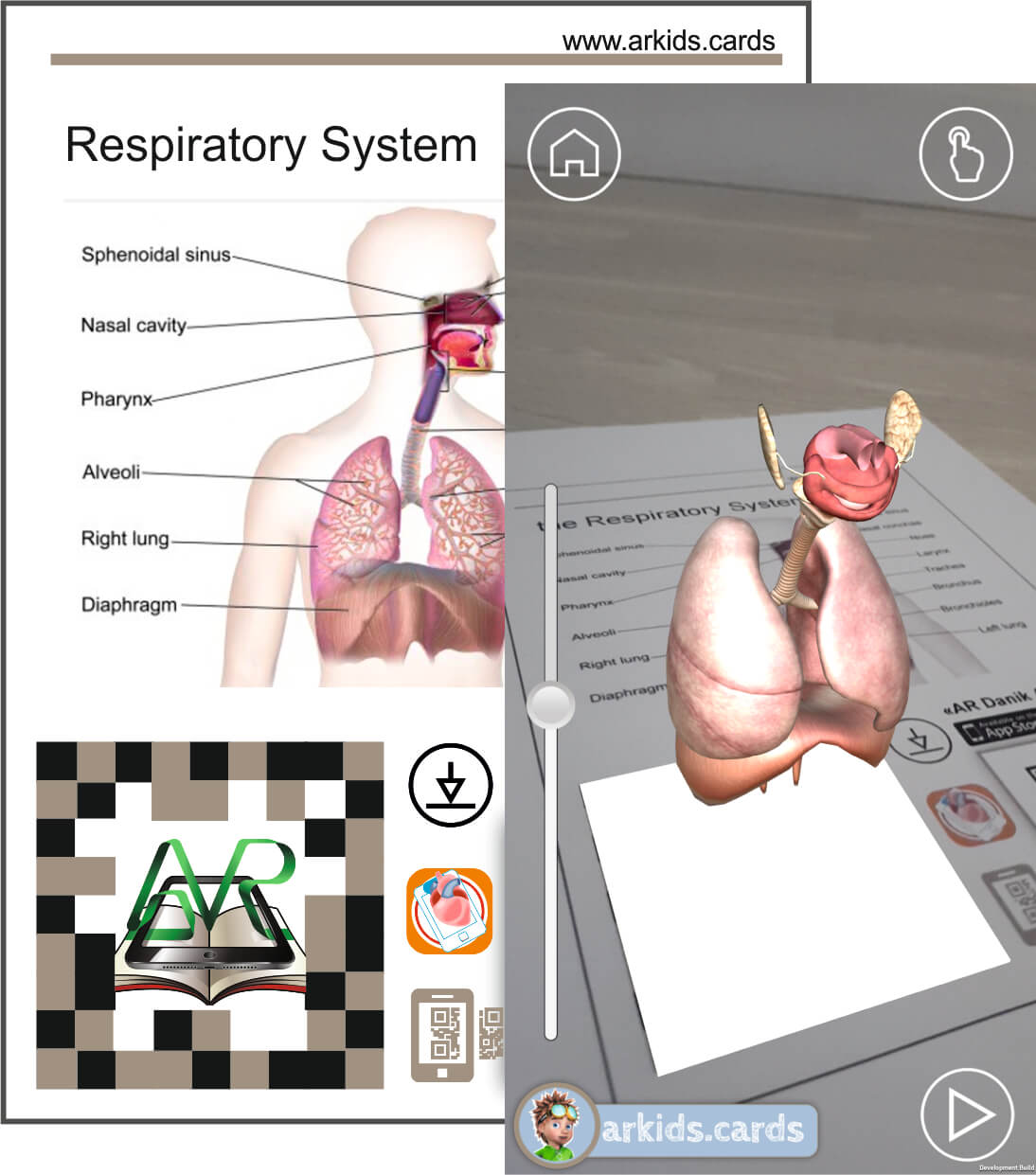Be A Part Of Learning
I have to be honest, I’ve heard about this game over the past few years, but I never thought I would see myself playing it. After reading the articles, and talking to the kids in my class about learning about Pokémon I decided to download the app and see what it was like. I have to say it was pretty interesting catching monsters outside the gym or Rita’s Water Ice.
The first thing that jumps out to me is the intrigue and motivation. Drawing on nostalgia and innovative technology, Pokemon was able to draw fans from various age groups and keep them interested, excited and motivated to play the game. The augmented reality brought relevance to the game. As opposed to virtually hunting these creatures, you are now having the chance to hunt them in “reality”. That’s the dream. Whether you are watching a movie or reading a book the dream is to BE a part of it.
Not Just A Game, A Learning Experience
What I found interesting was how Pokemon Go follows similar learning models that we already use in school.
- Interest and Motivation (Engagement)
- Meeting players on their level of difficulty (Differentiation)
- Gradual exposure to new elements (Scaffolding)
- Growth mindset journey (Setting and Monitoring Goals, Progression)
- Creating learning communities (Participatory Cultures)
These are all concepts found in the game. They should look similar to educators because this is how we introduce topics and concepts to students on a daily basis. Games are not just games, they can be highly functioning and beneficial learning experiences. It’s because they hold attention, draw on interests and passions, and can be very rewarding.
Integrating AR Ideas Into the Classroom

What is AR? It’s Augmented Reality, a technology that superimposes a computer-generated image on a user’s view of the real world, thus providing a composite view. From researching the net and the twitterverse, teachers are using new and interesting ways to use AR in the classroom.
Read this short article from EdSurge: EdSurge AR Ideas
Here is an excerpt of opportunities teachers are providing their learners:
- Digital Puzzle Boxes/Breakouts: Teachers can create activities similar to those in BreakoutEDU, but instead they configure a set of challenges on a computer, and students engage with these challenges via a smartphone, tablet, or Chromebook. The tools make it easy to set timers and enforce gameplay; some experiences may be short, while others may take place over multiple periods or even entire semesters. Team experiences teach collaboration skills, distribution of responsibilities, specialization and social and emotional learning skills.
- Scavenger Hunts: Augmented reality experiences can be attached to physical locations. For instance, experiences may have a QR code—a visual indicator such as a barcode—that can be printed out and attached to practically anything, large or small. Scanning a QR code with a phone or tablet launches an experience right away. I’ve seen teachers gamify their classrooms by attaching QR codes to various physical objects in the room, and even gamify entire schools. Experiences can instruct students to perform physical activities like jumping jacks or pushups, and take videos showing that they have completed the requirements.
- Augmented Field Trips: AR experiences may also be placed at physical locations by using GPS coordinates. Some teachers have augmented their field trips and added layers of learning and interaction to the day’s activity. Using their computer, a teacher simply picks points on a map where the field trip will take place, and places experiences at points of interest. During the trip, students use their devices to interact with these experiences. No QR codes required! Teachers in Europe have shared photos of augmented castle field trips.
- Teacher Created Virtual Expeditions: Google Expeditions is a great way to let students experience Antarctica, Machu Picchu, or even Mars in virtual reality, but the content is relatively limited. What if you could make your own? Well, you can! Using VR headsets like Google Cardboard, teachers have been creating augmented reality experiences that embed 360-degree photos or 360-degree videos in virtual reality. Google is also creating AR experiences where students can explore 3D models of volcanoes, the human body, and more, all of which “appear” in class just like Pokemon Go’s Jigglypuff showed up in players’ living rooms. Unlike Pokémon Go, there’s no gamification going on here—for that, teachers have to get a little more creative.
- Student Creations: Students can also create their own augmented reality experiences in a single class period to demonstrate learning. Not only do students find this creative activity fun to do, they end up with a final product that they can play and share with friends and family outside the classroom. Because some platforms, including the Metaverse AR Platform, don’t require any code to make this happen, teachers have been able to facilitate these types of activities across all grade levels and subjects, not just computer science.
Opportunities/Challenges
Opportunties
Studying for a final on body systems for anatomy? Developers use AR to bring the to life. Look at these examples:


Imagine the possibilities of getting to interact with models and actual life like materials, all at the touch of a finger. Would you be more invested? Would it bring more value to the experience? Most students would agree that it makes learning realistic, authentic, and exciting. Children are able to create, manipulate which allows them to really enhance their learning. It is also mobile and children are able to access it everywhere in our ever growing, or should we say “shrinking” world.
Challenges
Augmented Reality also comes with some challenges. Some of the biggest threats include:
- Social Rejection: Children’s products being ridiculed, singled out, and targeted
- Poor Experience: Substitution, bugs, glitches, incorrect information
- Economic Availability: Not all children or school districts can afford this technology, creating gaps
- Digital Fatigue: Are kids doing too much digitally? Their lives are controlled by a screen and buttons.
- Legality Issues: Created projects could be copied, stolen, or misinterpreted.
AR is full of exciting possibilities, but it does have a long way to go. As with all exciting technology it will be praised and challenged, and how it improves and develops over time will be exciting to watch from an educational standpoint.

Leave a Reply